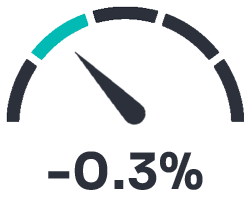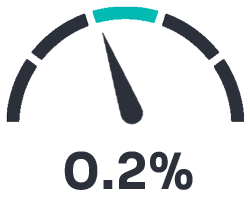Inflation

Inflation is the rate at which the value of a currency is falling and, consequently, the general level of prices for goods and services is rising.
Rising rates indicate inflation while declining rates indicate deflation. Economists state that there is an acceptable long-term inflation rate of 2% which delivers manageable market growth without straining budgets.










